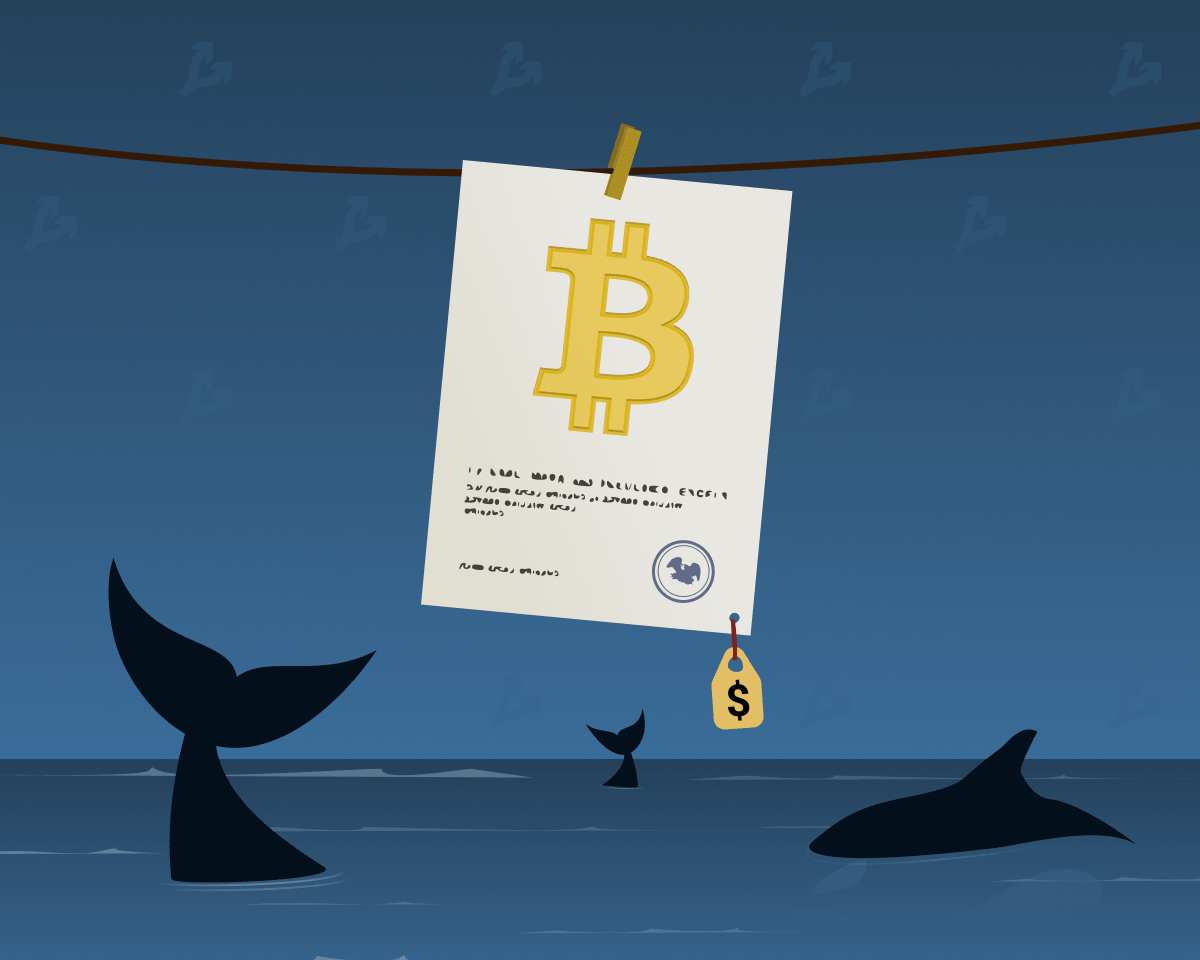
Binance has added Banco Bilbao Vizcaya Argentaria (BBVA), Spain’s third-largest bank, to its roster of independent custodians in a bid to safeguard customer funds and reduce counterparty risks.
According to a report by the Financial Times, the arrangement will see traders’ collateral stored with BBVA in US Treasuries, which Binance will then accept as margin for trading on its platform.
The move reflects a wider strategy by the world’s largest crypto exchange to collaborate with traditional finance institutions, address trader concerns over fund security, and avoid scenarios similar to the high-profile 2022 FTX collapse.
Funds to be held in US Treasuries via BBVA
Under the new arrangement, trader assets will be placed in US Treasuries through BBVA, rather than being held directly on Binance’s exchange wallets. Binance will recognise these holdings as valid margin for trades.
This structure is intended to ensure assets remain under third-party custody, reducing the amount kept on exchanges and, in turn, the risk to traders in the event of operational or liquidity issues.
Sources familiar with the matter indicated that Binance aims to partner with financial institutions that traders trust.
Some clients prefer their collateral to be maintained by a third party, citing the added safety of regulated banking oversight and asset segregation as essential safeguards for their trading activities.
Expanding network of banking partners
This development follows Binance’s earlier collaborations with other banks, including Switzerland’s Sygnum and FlowBank, to expand custody options and prevent counterparty exposure.
Before such partnerships, Binance clients could only store funds on the platform or with Ceffu, a custodian described by US officials as a “mysterious Binance-related entity.”
By working with well-established banks, Binance intends to broaden its custody network, offering customers diversified and regulated storage choices that meet different jurisdictional requirements, while also improving transparency in the overall handling of digital assets.
Lessons from the FTX collapse
The strategy is shaped by the lessons of the FTX failure, which revealed the dangers of exchanges controlling and co-mingling customer funds without independent oversight.
FTX kept assets on its own books, with no segregation from corporate resources, and granted its sister company, Alameda Research, access to customer funds.
This structure contributed to significant misappropriation from the exchange’s early operations until its bankruptcy filing in late 2022.
The collapse left investors unable to access their assets for months, highlighting the risks of inadequate custody safeguards.
Since then, traders have increasingly sought independent custody solutions to avoid excessive reliance on exchanges and to ensure their funds remain secure.
Binance’s preventive approach
Binance’s move to hold collateral through regulated institutions is designed to strengthen customer confidence, meet evolving regulatory expectations, and provide greater transparency in asset management.
By using US Treasuries as collateral, the exchange also benefits from a liquid and secure asset class while maintaining operational flexibility for traders and reducing potential systemic risks in the crypto sector.
The post Binance expands custody network with Spain’s BBVA to store assets in $US Treasuries appeared first on Invezz















 English (US) ·
English (US) ·